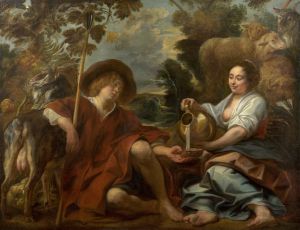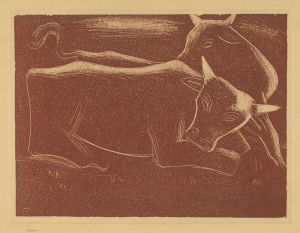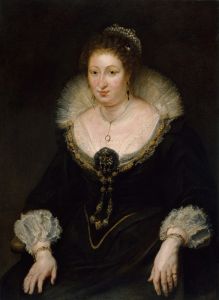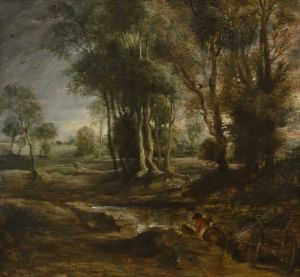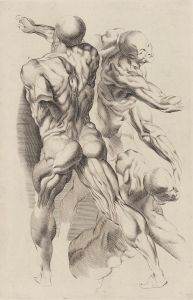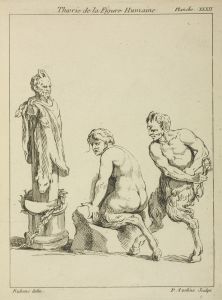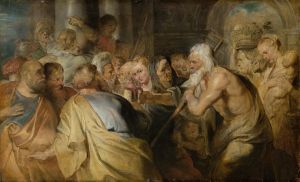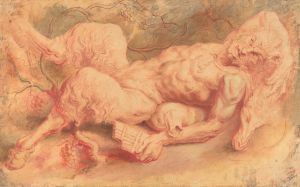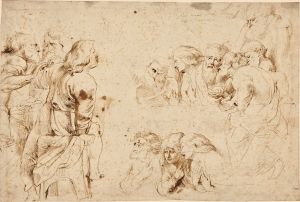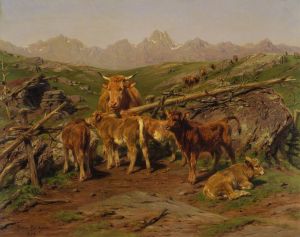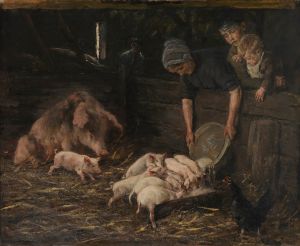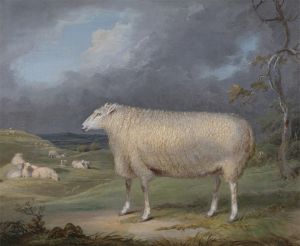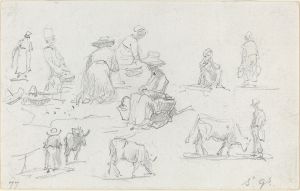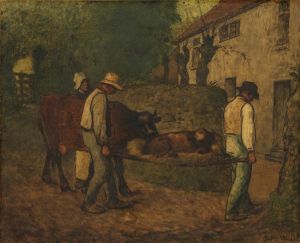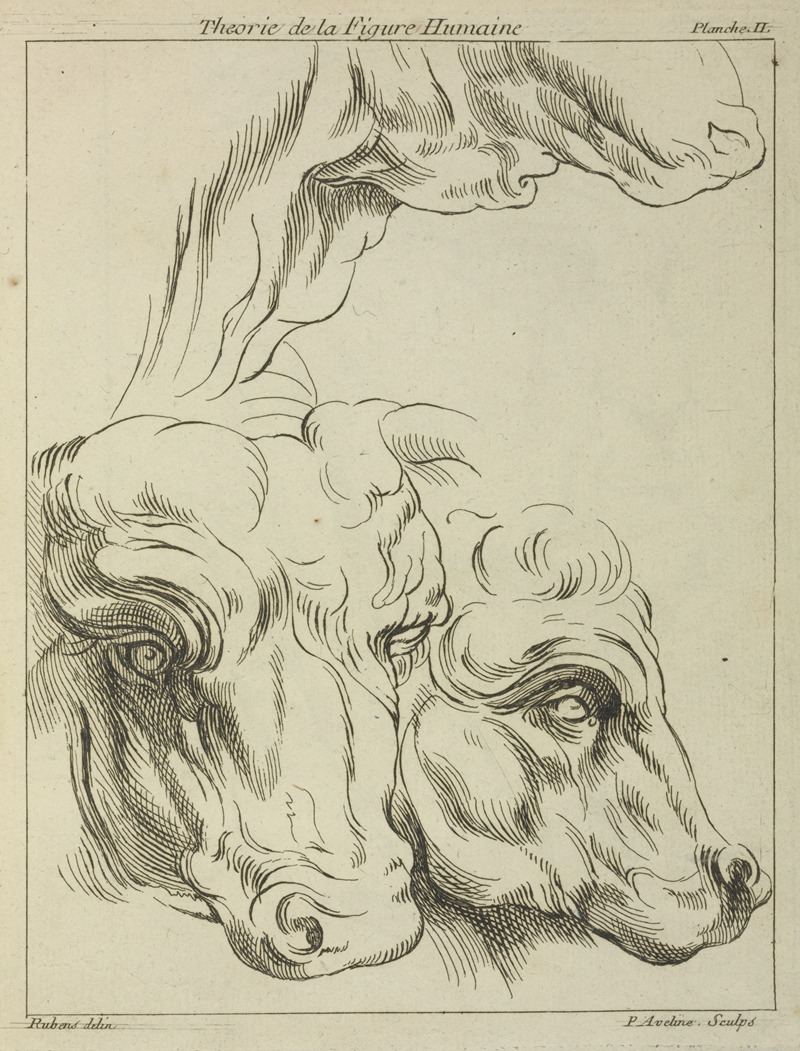
Heads and necks of two bovines; portion of neck of a third
A hand-painted replica of Peter Paul Rubens’s masterpiece Heads and necks of two bovines; portion of neck of a third, meticulously crafted by professional artists to capture the true essence of the original. Each piece is created with museum-quality canvas and rare mineral pigments, carefully painted by experienced artists with delicate brushstrokes and rich, layered colors to perfectly recreate the texture of the original artwork. Unlike machine-printed reproductions, this hand-painted version brings the painting to life, infused with the artist’s emotions and skill in every stroke. Whether for personal collection or home decoration, it instantly elevates the artistic atmosphere of any space.
"Heads and necks of two bovines; portion of neck of a third" is a painting by the renowned Flemish Baroque artist Peter Paul Rubens. Rubens, born in 1577 and deceased in 1640, is celebrated for his dynamic, emotive style and his prolific output, which includes altarpieces, portraits, landscapes, and historical paintings. This particular work is a fine example of Rubens' ability to capture the vitality and texture of animal subjects.
The painting depicts the heads and necks of two bovines in the foreground, with a portion of the neck of a third bovine visible in the background. The animals are rendered with remarkable realism, showcasing Rubens' keen observation skills and his mastery of depicting texture and form. The detailed portrayal of the bovines' fur, muscles, and expressions highlights Rubens' technical prowess and his deep understanding of anatomy.
Rubens' interest in animal studies can be traced back to his broader artistic endeavors and his fascination with the natural world. He often included animals in his larger compositions, whether in mythological scenes, hunting scenes, or as part of pastoral landscapes. This particular painting, however, focuses solely on the animals, allowing viewers to appreciate the intricacies of their forms without the distraction of a broader narrative context.
The painting is executed with a rich palette, typical of Rubens' work, and employs a dynamic composition that draws the viewer's eye across the canvas. The use of light and shadow adds depth and dimension to the bovines, enhancing their three-dimensionality and lifelike presence. Rubens' brushwork is both vigorous and precise, capturing the essence of the animals with a sense of immediacy and vitality.
"Heads and necks of two bovines; portion of neck of a third" is not only a testament to Rubens' skill as a painter but also reflects the Baroque period's broader artistic trends, which emphasized movement, drama, and naturalism. The painting is a study in contrasts, with the robust, earthy forms of the bovines set against a more subdued background, creating a striking visual impact.
While specific details about the commission or provenance of this painting are not widely documented, it is known that Rubens' animal studies were highly regarded and often sought after by collectors. These works provided insight into the artist's process and his ability to convey the beauty and complexity of the natural world.
In summary, "Heads and necks of two bovines; portion of neck of a third" by Peter Paul Rubens is a masterful depiction of animal subjects, showcasing the artist's technical skill and his deep appreciation for the natural world. The painting stands as a significant example of Rubens' work and the Baroque period's artistic achievements.





